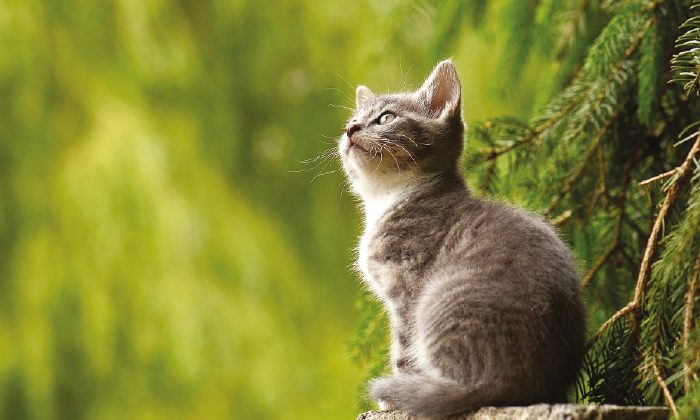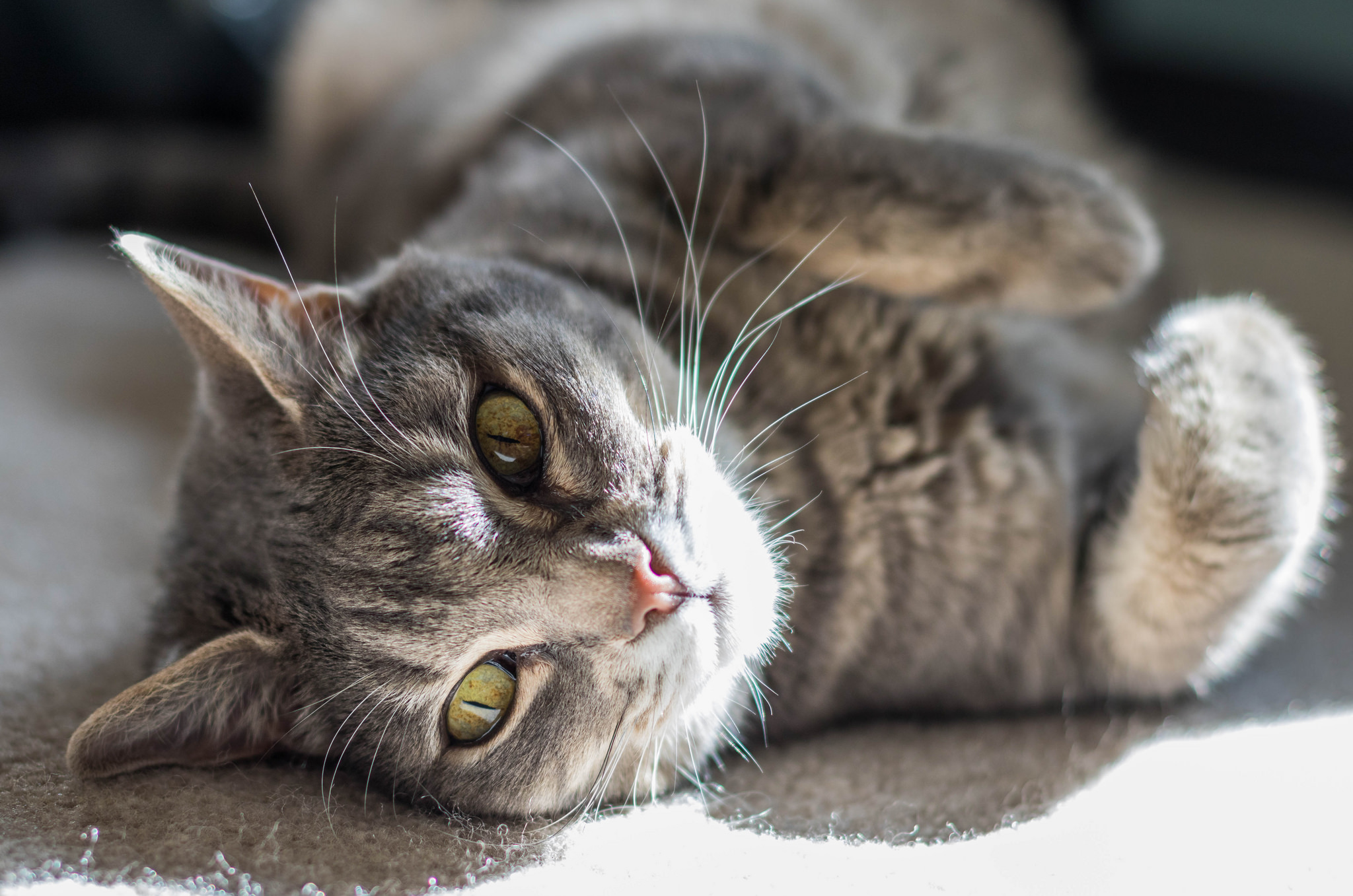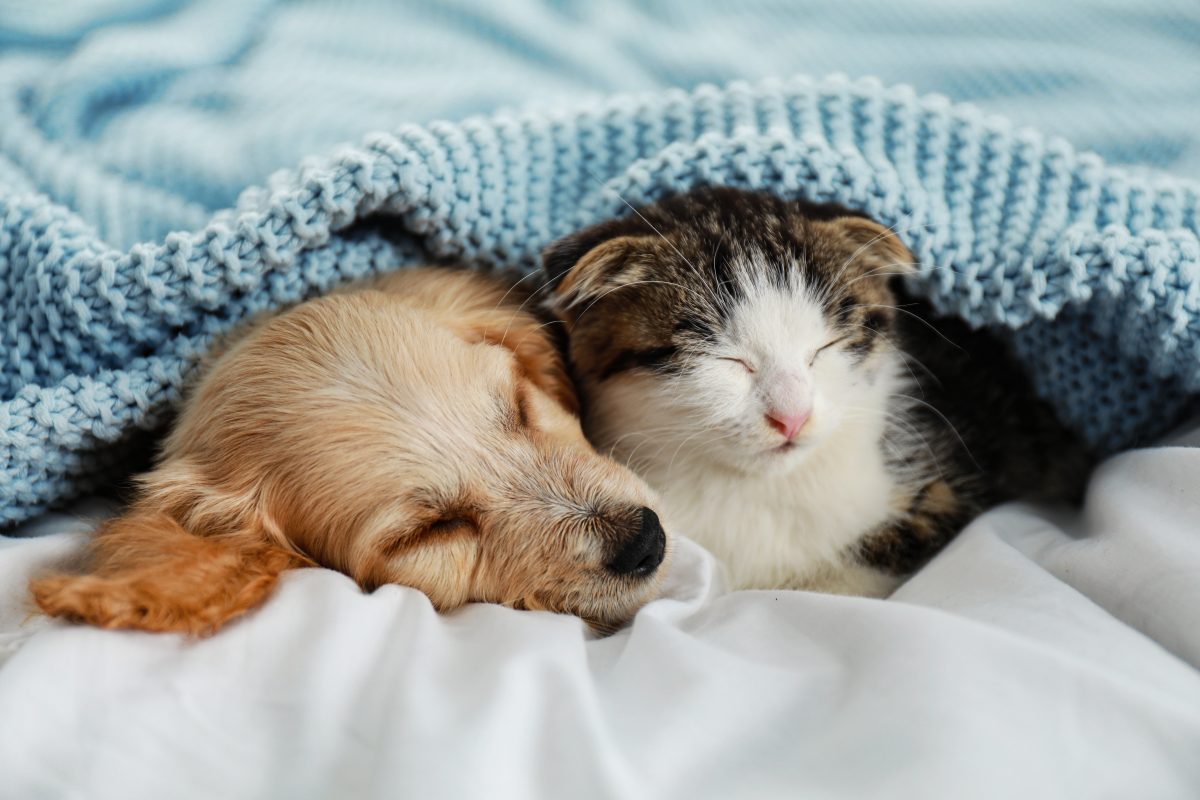Inappropriate elimination of needs and marking are among the symptoms most present in behavioral pathologies of the cat and consequently one of the most frequent reasons for a consultation by a behavioral veterinary doctor.
What is meant by inappropriate removal, marking and elimination?
inappropriate deletion it refers to the emission of urine outside the toilet. Normally the cat digs in the sand with the front paws, urinates while crouching and then, after having smelled, always covers everything with the front paws. If our four-legged friend urinates outside the box, but does so on a horizontal surface with a correct or altered behavioral sequence, it is called inappropriate urination.
urinary marking instead it means the elimination of urine not related to the physiological emptying of the bladder, but carried out with the aim of leaving a visual and olfactory message to conspecifics or to subjects of other species. This habit is more common in males, but can also be found in females, and represents normal behavior.
THEelimination it is made on a vertical substrate, and provides that the cat, once it has found the suitable point, remaining in a quadrupedal station, makes the marking while the tail vibrates.
What are the causes of these behaviors?
These two types of behavior can be implemented both pathologically and for organic causes (sudden onset) and therefore not related to environmental or family changes, nor to episodes that have occurred in the past.
All behavioral pathologies, if characterized by a phobic, anxious or depressive state, can present these symptoms. The causes of these pathologies can be found in an alteration of the homeostasis of our cat, or in changes in the environment, in space limitations, or even more frequently in coexistence with other cats. Aging can also cause these symptoms.
What pathologies can cause these behaviors?
Among the behavioral pathologies that can cause these symptoms there are certainly the deprivation syndrome, the anxiety of cohabitation or closed place, up to the modifications of the territory of the animal.
Let's find out more about these pathologies
La deprivation syndrome it is the alteration of the homeostasis of an individual grown up in the first months of life in an environment that is not very stimulating compared to the place where he will then go to live. This difference can make it difficult for the cat to adapt to the new and less stimulating environment.
THEcohabitation anxiety it is an anxious state developed in cats living in the same environment, upon the arrival of a new individual, or when a cat reaches sexual maturity, or again when a cat is reintroduced after a period of absence.
THEterritorial modification anxiety it is instead an anxious state developed by the cat following changes in the territory, as happens during the change of house, a move, following the closure of some rooms or changes in the furniture, etc.
THEanxiety from a closed place Finally, it is an anxious state that can affect cats who lived in an external environment, and who are then forced to live in apartments or in limited spaces, in the absence of the satisfaction of their ethological and behavioral needs.
Can these problems be caused by the owner's behavior?
Causes of inappropriate disposal also include management causes, such as the use of an unsuitable litter box, insufficient number of boxes, the wrong litter box position, or dirty litter box. At the first behavioral manifestations, the cause is certainly managerial, but over time, an anxious state can be triggered in the cat that will lead to a real pathological behavior. Another cause is an incorrect learning by the kitten of the use of the litter box, either because it is an orphan, or because of the mother's lack of education. In this case, the behavioral sequence is also altered (the cat does not dig or cover).
What can I do?
When these problems arise, it is essential to make one as soon as possible behavioral visit to make a correct diagnosis and initiate adequate therapy. The therapeutic intervention is divided into pheromonal, nutraceutical, pharmacological and behavioral. It is essential to associate this therapeutic base with a correct behavioral therapy, aimed at reducing the stressful causes and increasing the cat's ability to adapt. Behavioral therapy can be carried out with modifications of the environment in which the subject lives (environmental enrichment) and modifications of the relationship, trying to reduce the discomfort in the cat and build emotional security.
Dr. Luca Calderisi, Veterinary Physician expert in Behavioral Medicine
Photo: Thryn



















